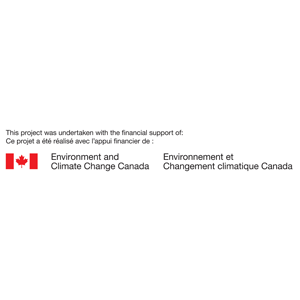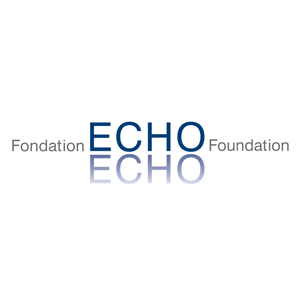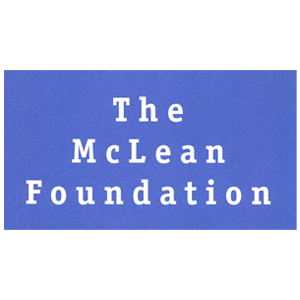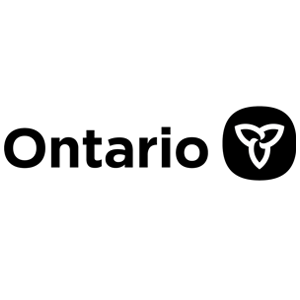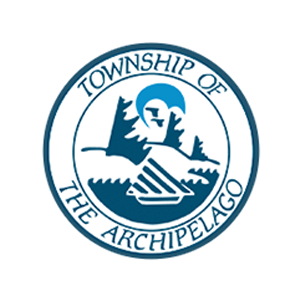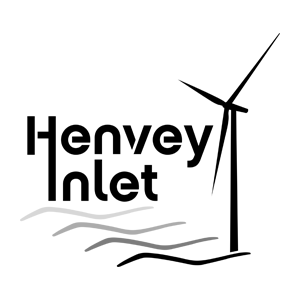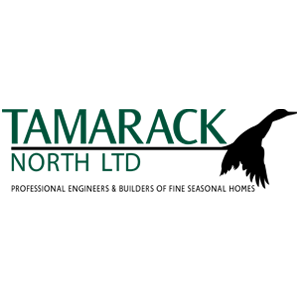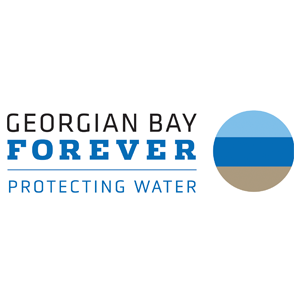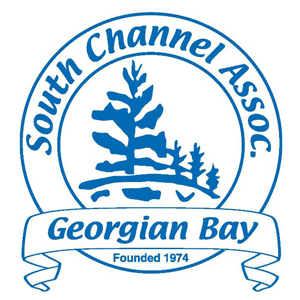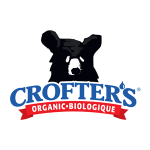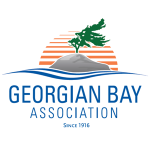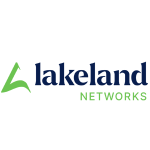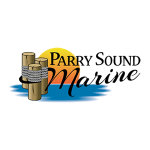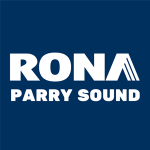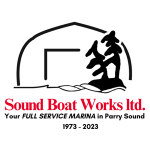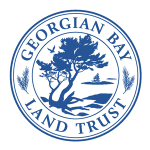Last month we introduced you to lake sturgeon, the gentle giants of the Great Lakes. Although they have been around for a long time (think more than 200 million years!), there is still a lot to be learned about lake sturgeon habitat preferences, movements, behaviour, and much more. This month we’ll explore some examples of lake sturgeon research and monitoring underway in the Lake Huron watershed.
Spawning and Overwintering Movements of Lake Sturgeon in the Garden and St. Mary’s Rivers

The Anishinabek/Ontario Fisheries Resource Centre (A/OFRC) has completed hundreds of fisheries projects with First Nations since their establishment in 1995. Located in North Bay, the Centre serves as an independent source of information on fisheries assessment, conservation, and management, promoting the value of both contemporary science and traditional ecological knowledge. Projects are carried out by a host First Nation with assistance from the A/OFRC, or by the A/OFRC on behalf of a host First Nation.
Each spring since 2016, the A/OFRC has been working in partnership with Garden River First Nation to better understand the spawning and over-wintering movements of lake sturgeon in the Garden River and St. Mary’s River. A total of 59 adult lake sturgeon have been captured in the lower reaches of the Garden River and implanted with acoustic telemetry transmitters. Their movements are being monitored by acoustic telemetry receivers deployed throughout the Garden River and St Mary’s River.
Acoustic telemetry involves transmitters, or tags, and receivers. Transmitters are electronic tags that broadcast a series of sound pulses (“pings”) into the surrounding waters. These tags are either surgically implanted in a fish, or externally attached. Receivers are small, data-logging computers anchored near the bottom of a lake that “listen” for tagged fish. When a signal is identified, the tag’s unique ID code is saved with the date and time. The transmitter usually transmits a signal once every minute or two and can be heard by the receiver anywhere from a few meters to a few kilometers away, depending on bathymetry and other factors. More advanced transmitters incorporate sensors that can also provide information about pressure (to determine depth), temperature, and acceleration (to determine swimming behaviour).


The objectives of this research are: (1) to track the spring spawning migration of lake sturgeon to two distinct spawning locations in the Garden River; and (2) to monitor the overwintering movement of lake sturgeon throughout the St. Mary’s River system.
Receivers in the Garden River recorded one sturgeon migrating up river to a suspected spawning location in 2016, and again in 2017. In 2019, 11 lake sturgeon were detected moving up the river. All 11 were detected at the down-river spawning site; three were also detected at the uppermost spawning location. A/OFRC’s preliminary results from winter 2017-18 and 2018-19 suggest lake sturgeon that spawn in the Garden River remain within the St. Mary’s River throughout the year. Almost all tagged fish remained in the system over the winter, moving between the north channel of the St Mary’s River and Lake George.
The acoustic telemetry receivers will continue to be deployed for as long as their batteries last. These receivers are part of the larger Great Lakes Acoustic Telemetry Observation System (GLATOS) network.
For more information on the A/OFRC and their projects, visit their website: www.aofrc.org
Evaluating the Effectiveness of Created Spawning Shoals

Fisheries and Oceans Canada is currently undertaking a project to evaluate the effectiveness of habitat that has been created for lake sturgeon spawning. The sites being monitored include three sites in the Ottawa River and two sites in Georgian Bay – Moon River and Musquash River. The spawning shoals constructed in the Moon River (2008) and Musquash River (2011) were actually created with the intention of facilitating walleye spawning after multiple years of low lake levels, which limited access to natural spawning sites upstream. Since the spawning shoals were constructed on these rivers, it hasn’t just been walleye making use of the habitat, there have also been anecdotal reports of lake sturgeon spawning on the shoals!
In addition to the created habitat, habitats that have not been remediated will also be monitored for comparison at three locations in the Ottawa River, two locations in Lake Superior, and two locations upstream of the created shoals in the Moon and Musquash Rivers.
During the first year of monitoring in 2019, egg mats were set in the Moon and Musquash Rivers on the created shoals, as well as at one of the accessible natural spawning locations further upstream in the Musquash River. Egg mats are simply pieces of furnace air filters (15.5” x 7.5”) that are attached to steel plates so that they sink and sit on the bottom of the river. When a fish like a lake sturgeon or walleye spawns on top of or near the egg mat, the eggs will sink to the bottom and some of them may land on the egg mat. Because the eggs of these fish species have an adhesive quality for sticking to rocks, they stay on the egg mat when it is lifted out of the water by a researcher and can then be counted and returned to the water or kept for further analysis.


Results: Eggs and larval lake sturgeon were collected in the drift nets below the natural spawning sites in both rivers. Drifting larvae were also collected in the nets below the created habitat on the Moon River. However, the researchers believe that these larvae actually drifted down from the natural spawning site upstream of the created shoals. No lake sturgeon eggs or larvae were collected in the nets at the created shoals in the Musquash River.
The same monitoring is planned for both rivers again in 2021. An additional location, at the lower Severn River, is also planned to be added to this project.
Using Traditional Ecological Knowledge to Create a Lake Sturgeon Conservation Plan for Eastern Georgian Bay
Shawanaga First Nation is located within the Robinson Huron Treaty of 1850, along the eastern shores of Georgian Bay within Anishinaabek territory. Together with the Georgian Bay Biosphere team, they are working on a multi-year project to enhance lake sturgeon protection, conservation, and recovery efforts in eastern Georgian Bay, which has been designated a UNESCO world biosphere region.
The first part of the project involves gathering local and traditional ecological knowledge on lake sturgeon spawning populations in eastern Georgian Bay, as well as reviewing contemporary science reports. Staff at Shawanaga First Nation will be reaching out to, and conducting interviews with, Elders and knowledge keepers within their territory. Individuals from First Nation communities will have the opportunity to share traditional ecological knowledge related to lake sturgeon spawning populations in order to help fill important knowledge gaps.
The second part of the project brings together the gathered traditional ecological knowledge and contemporary science to develop a framework for prioritizing rivers for field work. Field work will be conducted at selected rivers during the lake sturgeon spawning season (May-June) and will focus on determining whether lake sturgeon are actively spawning in those rivers. The purpose of the field work is also to identify if there are any noticeable issues with the spawning habitat or other stressors up or downstream of it.

Finally, a lake sturgeon conservation plan for eastern Georgian Bay will be developed based on all of the information gathered through interviews, documents, and field work. The conservation plan will outline stewardship activities to be carried out by Indigenous and non-Indigenous communities and partners along the coast in the following years. Through these activities, it is hoped that collaboration, information sharing, and partnerships between Indigenous communities and other interested parties will be enhanced and the sturgeon population will benefit from joint stewardship efforts.
If you and/or your community are interested in contributing to this project or simply learning more about it, please get in touch by emailing [email protected].
For more examples of lake sturgeon research happening around Lake Huron, check out the annual Lake Huron Lake Sturgeon Working Group Reports.

